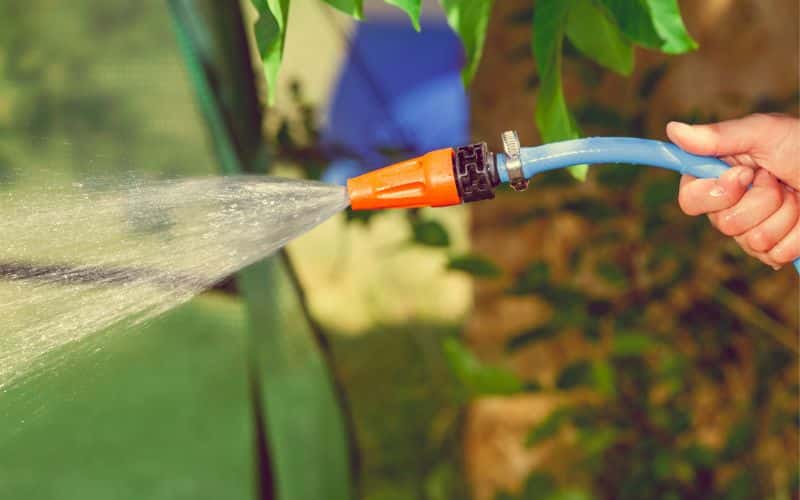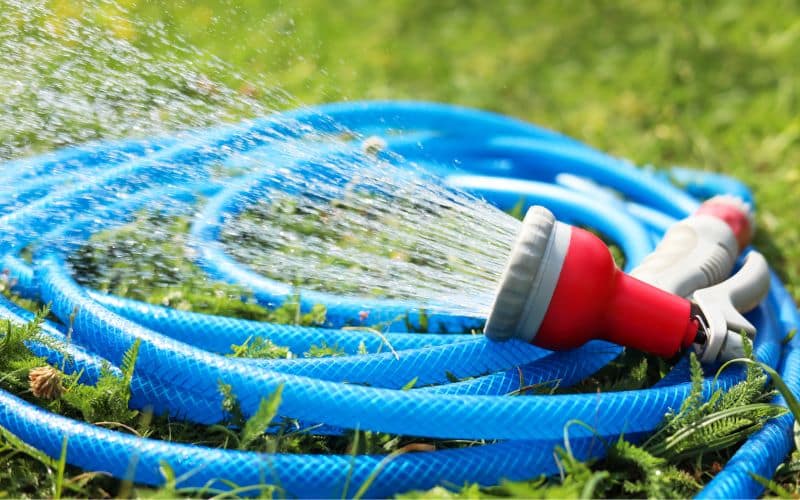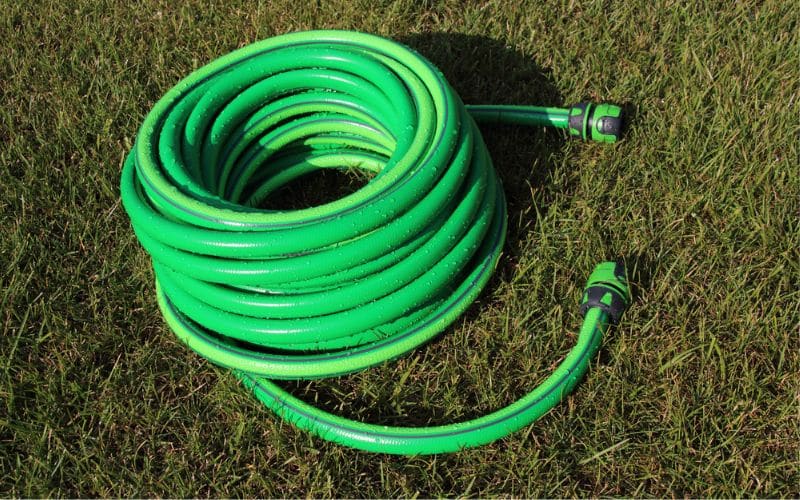
Hello, dear readers! Today, we’re going to delve into a topic that’s been puzzling garden enthusiasts and DIYers alike – the thread of a garden hose. Yes, you heard it right! We’re talking about that spiral ridge winding around the end of your garden hose. It’s more than just a design; it’s a crucial element that ensures your hose connects seamlessly to various fittings and nozzles. So, let’s unravel this mystery together!
What is a Garden Hose Thread and Why Does it Matter?
The thread of a garden hose, often referred to as Garden Hose Thread (GHT), is a unique threading style used predominantly on hoses across Europe, South America, and many other countries. The GHT is popular due to its reduced propensity for leakage compared to other types of threads. It comes in different sizes, allowing you to attach a variety of attachments depending on your gardening needs.
How Does the Thread Size Impact the Functionality of Your Garden Hose?
The thread size of your garden hose plays a significant role in its functionality. It determines the type of hose fitting you can use and the diameter of the hose connector. A standard garden hose thread size is usually 3/4″ with 11.5 threads per inch, known as the NH or National Hose designation. This thread size and count are designed to fit a standard garden spigot, nozzle, or sprinkler system.
Understanding the Different Types of Hose Fittings
Hose fittings come in a variety of types and sizes. The most common types include the straight fitting, which connects two hoses; the elbow fitting, which allows for a sharp turn in the hose’s direction; and the tee fitting, which splits the hose into two outlets. The type of fitting you choose depends on your garden hose’s application and the connector’s diameter.
What Role Does the Connector Play in a Garden Hose Fitting?
The connector is a crucial component of a garden hose fitting. It serves as the joining piece between the hose and the water source, such as a spigot or a sprinkler system. The connector’s diameter must match the garden hose thread size to ensure a secure and leak-free connection.

How to Choose the Right Hose Size for Your Gardening Needs?
Choosing the right hose size is crucial for efficient watering. A standard garden hose diameter is usually 1/2″, 5/8″, or 3/4″. The larger the diameter, the more water the hose can carry. For small gardens or potted plants, a 1/2″ hose is sufficient. However, for larger gardens or lawns, a hose with a larger diameter, such as 5/8″ or 3/4″, would be more efficient.
What is the Standard Garden Hose Size and Why is it Important?
The standard garden hose size refers to its diameter and length. The standard diameter is 3/4″, which fits most garden spigots and nozzles. The standard lengths are 25, 50, 75, and 100 feet. The right length depends on the size of your garden and how far you need to reach with the hose.
Exploring the Different Types of Garden Hoses: From Soaker to Expandable Hoses
Garden hoses come in various types, each designed for a specific purpose. Soaker hoses are perfect for deep watering flower beds or vegetable gardens. Expandable hoses are lightweight and easy to store, making them ideal for small gardens or patios.
How to Connect Your Garden Hose to a Spigot or Faucet?
Connecting your garden hose to a spigot or faucet is a straightforward process. First, ensure the spigot and the hose connector are clean. Then, simply screw the female end of the hose onto the spigot. Make sure it’s tight to prevent any leaks.
What are the Different Thread Sizes Available for Garden Hoses?
Garden hoses come in various thread sizes, but the most common is the 3/4″ GHT. Other sizes include 1/2″ and 5/8″. The thread size must match the spigot or nozzle for a secure fit.
How to Choose the Right Hose and Faucet Connection for Your Garden?
Choosing the right hose and faucet connection depends on your garden’s size and your watering needs. For small gardens, a standard 1/2″ hose with a simple spigot connection may suffice. For larger gardens, you may need a larger hose and a more robust connection, such as a 3/4″ hose with a high-quality brass connector.

Understanding the Differences Between Standard Size and Different Sizes of Garden Hose Connectors
Garden hose connectors come in standard sizes to fit most garden hoses. However, there are also different sizes available for specific applications. For example, a larger connector may be needed for a commercial-grade hose or a high-flow water source.
In conclusion, here are the key takeaways from our deep dive into the world of garden hose threads:
- Garden Hose Thread (GHT) and National Pipe Thread (NPT) are the two main types of threads used in garden hoses and fittings.
- The standard garden hose thread size is 3/4″ with 11.5 threads per inch, known as the NH or National Hose designation.
- The thread size of your garden hose impacts the type of hose fitting you can use and the diameter of the hose connector.
- Hose fittings come in various types, including straight, elbow, and tee fittings, each serving a unique purpose.
- The connector plays a crucial role in a garden hose fitting, serving as the joining piece between the hose and the water source.
- Choosing the right hose size for your garden is crucial for efficient watering. Standard garden hose diameters are usually 1/2″, 5/8″, or 3/4″.
- Garden hoses come in various types, including soaker hoses and expandable hoses, each designed for a specific purpose.
- Connecting your garden hose to a spigot or faucet is a straightforward process that involves screwing the female end of the hose onto the spigot.
- Garden hose connectors come in standard sizes to fit most garden hoses, but there are also different sizes available for specific applications.
Remember, understanding your garden hose’s thread is not just about ensuring a seamless connection to your spigot or nozzle, but it’s also about making your gardening experience more efficient and enjoyable. Happy gardening, folks!
Colin Macmillan is a seasoned entrepreneur and the CEO of Riverwood Landscape, a leading landscaping company based in Canada. He has been at the helm of the company since leaving high school, demonstrating his strong leadership skills and business acumen.
Colin’s expertise lies in various aspects of landscaping, including lawn care, interlocking, sod installation, and commercial maintenance. His hands-on approach and dedication to the craft have been instrumental in building Riverwood Landscape into a reputable brand.
One of his most notable achievements is the creation of a successful landscape franchise that services multiple locations. This accomplishment underscores his strategic thinking and ability to scale operations effectively.
Colin has also had the privilege of working with Guelph Hospital for landscaping and maintenance, a testament to the trust and reliability that his company has earned over the years.
His professional mission is to offer the best services and experiences for customers, a goal that he tirelessly pursues. Colin’s commitment to excellence and customer satisfaction continues to drive the growth and success of Riverwood Landscape.








